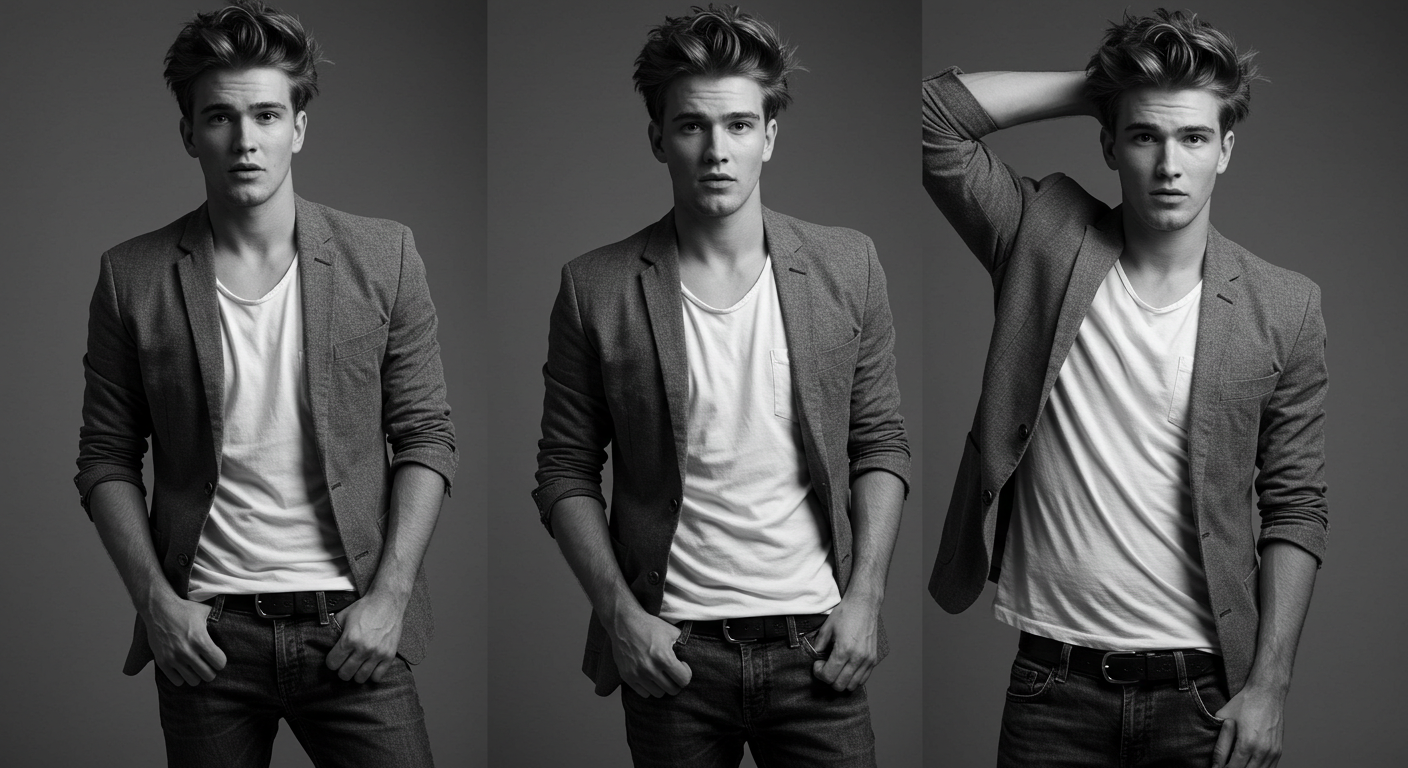When it comes to capturing a powerful portrait, one often overlooked yet essential element is the setting. The background of a portrait doesn’t just fill space — it tells a story, adds depth, and either complements or competes with the subject.
Whether you’re a photographer planning your next session, or a client preparing for your big shoot, choosing the right environment is key. From lush outdoor landscapes to minimalistic studio backdrops, the setting you choose will shape the entire mood of your portrait.
In this article, we’ll explore various portrait settings, what makes each one unique, and how to choose the right one based on your goals, personality, or brand. Plus, we’ll share expert insights — including a quote from professional photographer Mallary Denson, who has mastered the art of timeless backdrops.
Why the Setting Matters in Portrait Photography

A portrait setting isn’t just a physical space. It plays a strategic role in your final image’s emotional tone and visual balance.
Here’s why it matters:
- First impressions: Backgrounds contribute to the “feel” of the image before viewers even process facial expressions or poses.
- Contextual storytelling: Is this a lifestyle portrait? A professional headshot? A romantic engagement photo? Your setting communicates context at a glance.
- Subject emphasis: A good background enhances the subject, never distracts. The wrong setting can easily overpower the focal point — you.
In short, backgrounds are silent storytellers. Choosing the right one helps you direct the narrative.
Studio Settings: Clean, Controlled, and Classic
Studio portraits are popular for a reason: control and consistency. Lighting, mood, angles, and atmosphere can all be finely tuned. They’re ideal for professional headshots, branding photos, senior portraits, and fashion work.
Many photographers opt for textured backdrops like hand-painted canvas or muslin to achieve a timeless, elegant look. One such professional is Mallary Denson, CEO of Captured by Mallary, who prefers neutral-toned textured backdrops that offer subtle depth and warmth — keeping the focus entirely on the subject.
“My favorite background for portraits is a textured neutral backdrop. It offers a timeless, elegant canvas that keeps the focus on the subject while adding subtle depth and warmth to the image.”
— Mallary Denson, CEO of Captured by Mallary
This kind of backdrop is especially effective in editorial portraits, minimalist brand photography, or fine-art studio sessions.
Outdoor Settings: Nature as a Backdrop
Nature offers a variety of moods and textures: soft meadows, dense forests, calm beaches, or dramatic mountainsides. If your goal is something organic, romantic, or adventurous, outdoor settings are a great choice.
Pros:
- Dynamic lighting and depth
- Seasonal variation (e.g., autumn leaves, spring blooms)
- Built-in storytelling (walking paths, flowing rivers)
Cons:
- Weather and lighting can be unpredictable
- Can be busy or distracting without proper composition
Using a wide aperture (like f/1.8 or f/2.8) helps blur background elements while preserving the mood of the environment.
Urban Settings: Texture, Edge, and Personality
For clients who love bold visuals or have a modern brand personality, urban backdrops deliver energy and texture. Think graffiti walls, city skylines, staircases, brick facades, or downtown architecture.
Urban backdrops are ideal for:
- Musicians, designers, artists
- Fashion shoots
- Senior portraits or model portfolios
- Brand shoots with a streetwear or high-energy feel
Home-Based Portraits: Personal, Comfortable, Intimate
Sometimes the best portraits are taken where you’re most at ease — at home. A cozy corner, a sunlit living room, or a workspace filled with your favorite objects can offer intimacy and authenticity that studios can’t match.
In-home portraits are especially effective for:
- Family or newborn sessions
- Creatives and solopreneurs
- Lifestyle bloggers or coaches
- Documentary-style portraits
Keep spaces tidy, decluttered, and well-lit for the best results.
Choosing the Right Setting Based on Purpose
The best setting depends on your goal. Here’s a quick guide:
| Purpose | Recommended Setting |
|---|---|
| Professional Headshots | Studio, Neutral Background, Minimalist Office |
| Brand Photography | Studio or Lifestyle Environment Based on Brand Style |
| Engagement/Couples | Natural Outdoors, Golden Hour, Beach, Forest |
| Editorial or Fashion | Studio, Urban, or Dramatic Outdoor Locations |
| Family Portraits | Home, Parks, Cozy Natural Spaces |
| Senior Portraits | School Grounds, City Streets, Studio with Props |
Color and Mood Considerations
Different backgrounds evoke different emotional tones.
- Neutral tones (gray, taupe, cream): Calm, elegant, professional
- Greenery (parks, forests): Fresh, vibrant, nurturing
- Urban tones (brick, cement, metal): Bold, modern, gritty
- Bright colors (painted murals, colored papers): Fun, energetic, youthful
Let emotion guide your choice — not just aesthetics.
Should You Match or Contrast Your Outfit?
Blending into your background can dull your portrait. Here are a few tips:
- If the backdrop is light (like sand or white), avoid white or beige outfits.
- Busy backgrounds call for solid, clean colors.
- Choose tones that complement without competing.
Many photographers offer styling guides — don’t hesitate to ask.
Simplicity and Storytelling Win
The most compelling portraits are the ones where everything — expression, light, wardrobe, and background — works in harmony.
You don’t need an extravagant location or expensive props. Sometimes, a simple textured wall or sun-dappled tree line is all it takes. Just ask Mallary Denson, whose work proves that a timeless, neutral backdrop can say more than a hundred visual distractions ever could.
Choosing the right setting for your portrait photoshoot isn’t just a stylistic choice — it’s a storytelling decision. Whether you go with a studio backdrop, natural surroundings, or urban edge, make sure your environment reflects the purpose, emotion, and personality behind the lens.
Think ahead. Communicate with your photographer. And trust that when everything aligns — background included — you’ll get a portrait worth remembering.

